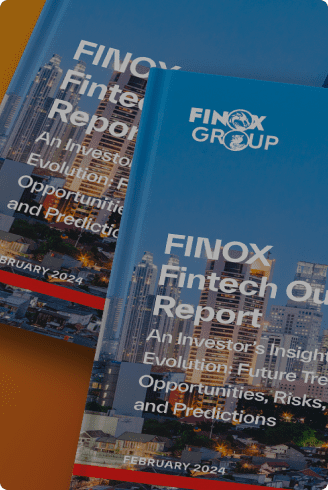
Key Points
- The average global price for petrol reaches $1.98 per litre.
- Routine drivers and vehicle owners in distress.
- People haste to develop strategies to minimise expenditure on petrol.
Global petrol price reaches the highest rate ever. Routine drivers and other vehicle owners show distress regarding the extra cost they incur. The money that usually went into savings now just wastes away to keep their vehicles running. Will this situation harass the lower and middle-class families?
Petrol not only fuels personal vehicles. Some people put food on their table by hiring or renting their vehicles. The petrol inflation imposes an additional threat for the people whose vehicle is their livelihood. However, inflation is only one side of the petrol crisis; countries like Sri Lanka face a fuel shortage. Sri Lankans stand in fuel queues 1-2 km long for days.
Since the petrol prices will probably remain high for quite some time, becoming fuel efficient might be the only way to cut back on expenditure. Therefore, read the following guidelines to improve fuel efficiency.
Ensure to maintain your vehicle’s tyre pressure. The ideal tyre pressure for most vehicles ranges between 240 to 260 kilopascals. Since the tyres connect vehicles to the ground, improper inflation can increase drag. This increases fuel consumption due to the need for a higher power.
Reduce the weight of the car to reduce the consumption of petrol. Drivers can also increase the vehicle’s aerodynamics by reducing the boot on the roof rack. Poor maintenance of the vehicle also results in higher fuel consumption. Regularly service your vehicle to minimise maintenance issues.
Compare the petrol prices at different stations and pump your vehicle with affordable fuel. Always keep in mind that this crisis affects everyone. So, if you find an ingenious method of cutting back expenditure when purchasing petrol, let someone else know too.
Reference,
https://www.channelnewsasia.com/cna-insider









